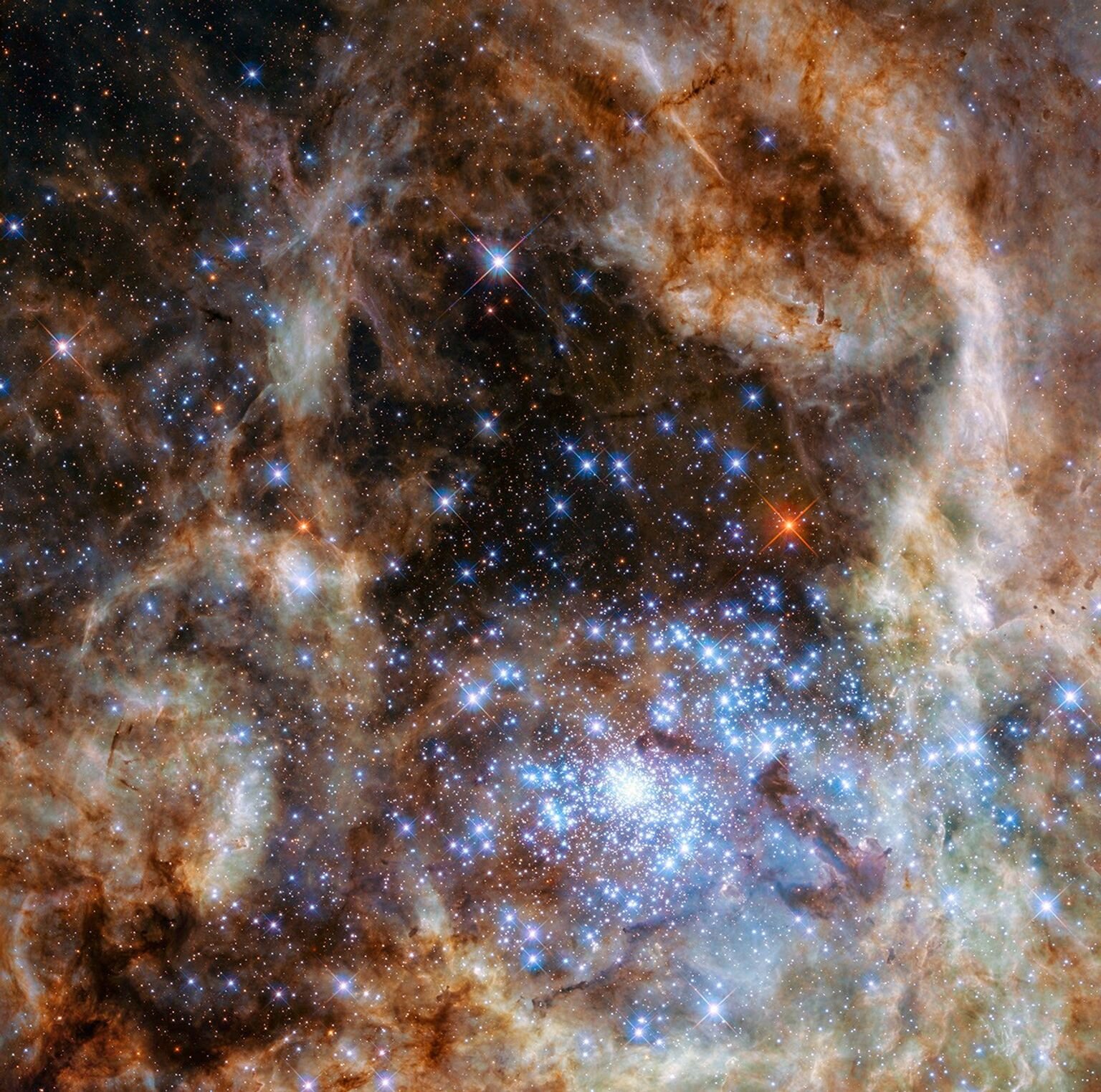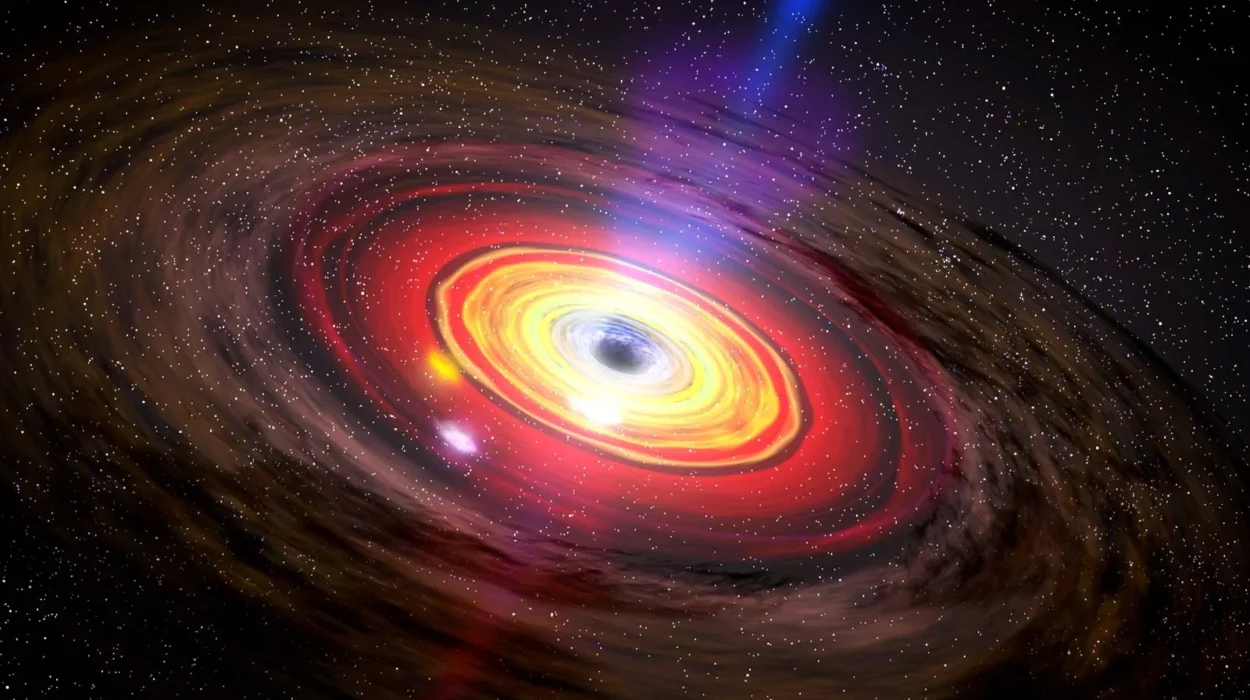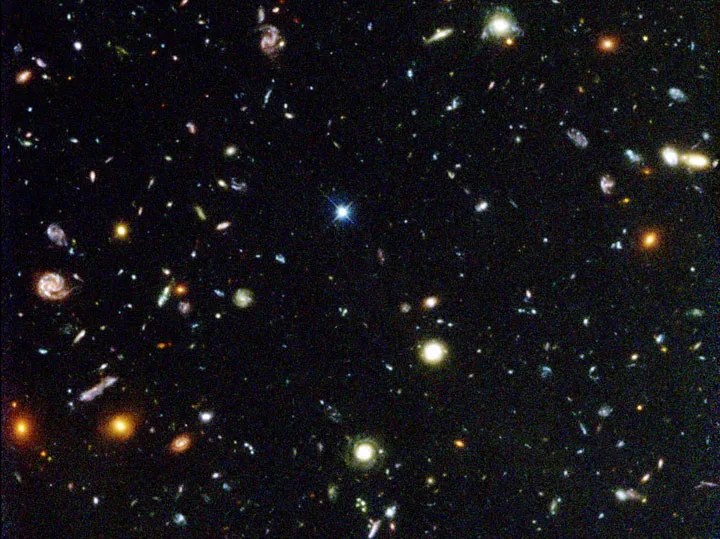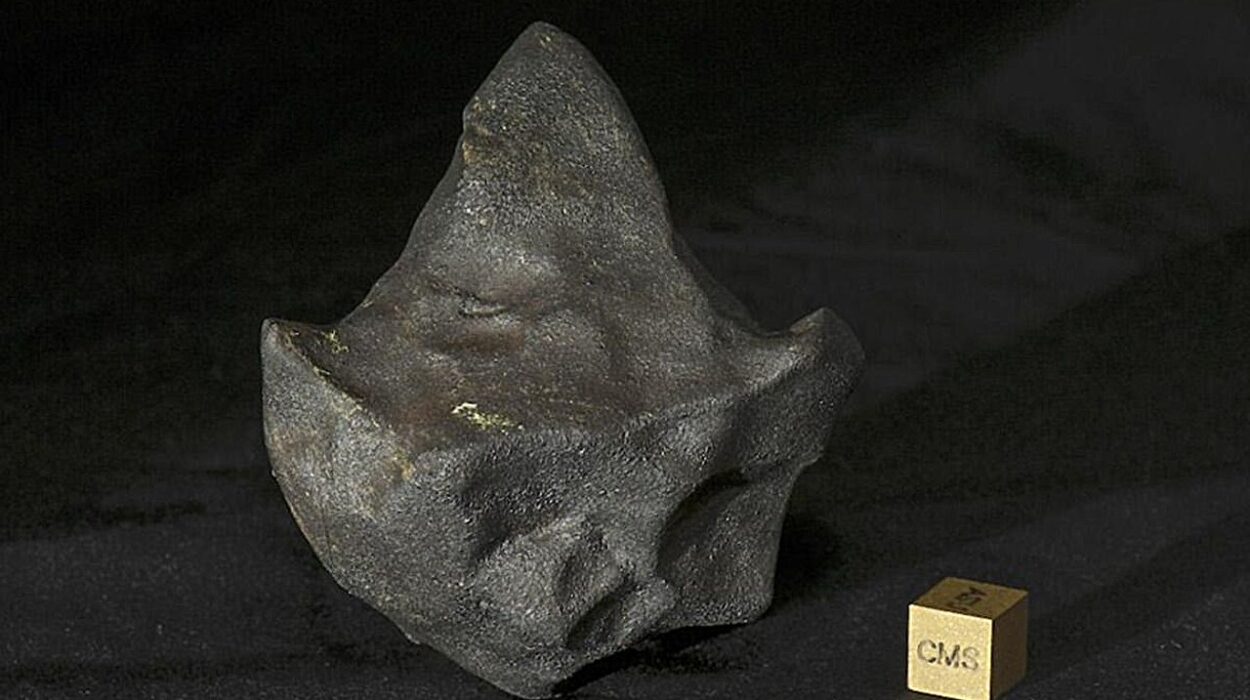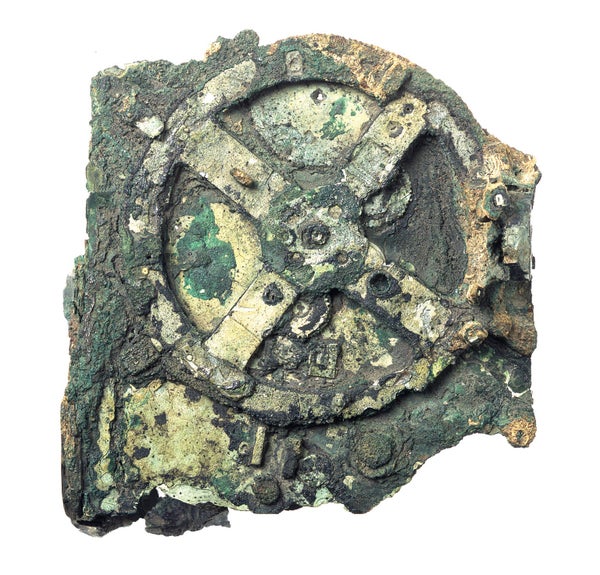In the heart of a glowing web of cosmic dust and gas 160,000 light-years from Earth, the Tarantula Nebula blazes with starlight. Within this luminous nursery lies the R136 cluster, a concentration of stars so powerful, so bright, they collectively outshine our Sun by tens of millions of times. At its center are nine extraordinary celestial bodies—each over 100 times the mass of our Sun. These are Very Massive Stars, or VMSs, and their immense energy has captivated astronomers for decades.
But even giants can be mysterious. Despite their brilliance and bulk, VMSs behave in ways our best models haven’t been able to explain. Now, a new study from Kendall Shepherd and colleagues at the International School for Advanced Studies (SISSA) in Italy is offering a fresh take on these cosmic enigmas. Published on the arXiv preprint server, their research proposes an updated understanding of the powerful solar winds that shape the lives—and deaths—of the universe’s biggest stars.
The results may help scientists better predict how black holes form, why some never do, and how the titanic dance of merging stellar corpses ripples across space and time.
The Puzzle of Stellar Titans
VMSs are rare, brilliant, and short-lived. They burn through their nuclear fuel at astonishing rates and often end their lives in cataclysmic explosions or by collapsing into black holes. Because of their size, they are easy to spot against the backdrop of deep space. But studying them closely has been like trying to model a hurricane by watching a single gust of wind.
One of the biggest mysteries surrounding VMSs has been their oddly stable temperatures. According to classic models of stellar evolution, these stars should fluctuate wildly in temperature as they age—expanding, contracting, and releasing energy in waves. Instead, the stars in R136 appear to remain within a surprisingly narrow range of temperatures.
That contradiction between theory and observation prompted Shepherd and the SISSA team to revisit the assumptions built into the models. What they found points to a subtle but powerful force: stellar wind.
Blowing in the Stellar Wind
Like our own Sun, VMSs emit streams of charged particles known as stellar wind. But for stars with masses over 100 times that of the Sun, these winds are not a gentle breeze—they’re hurricanes. The pressure of radiation pushing outward from a star’s core can become so intense that it challenges gravity’s hold on the outer layers of the star. When the radiation pressure equals gravitational pressure, the star reaches what’s known as the Eddington limit. Cross it, and the star begins to shed its outer layers in a massive, luminous storm.
Shepherd’s team updated their models using a software framework known as PARSEC v2.0, adjusting how stellar wind operates near this Eddington limit. Crucially, they allowed for more powerful solar winds even when a star’s luminosity was below this critical threshold. The result: VMSs lost mass more rapidly than previous models predicted, leading to smaller, more temperature-stable stars that matched observational data from the R136 cluster.
These tweaks might seem modest, but their implications ripple through our understanding of some of the universe’s most violent and fascinating phenomena.
From Stellar Winds to Cosmic Catastrophes
With their new model, the researchers explored how this intense mass loss affects the evolutionary paths of VMSs. One area of special interest: the birth of black holes.
Among astrophysicists, there’s a long-standing mystery known as the pair-instability mass gap. It’s a sort of cosmic no-man’s-land in which stars are thought to explode in a special kind of supernova—one that’s too powerful to leave behind a black hole. Instead, these so-called pair-instability supernovae obliterate the star completely, leaving no remnant.
Shepherd’s team found that the stronger stellar winds predicted by their new model reduced the number of black holes forming just above this mass gap. With more mass lost through winds, stars that might once have collapsed into small black holes are now predicted to explode entirely—better aligning theory with observed black hole populations.
But that’s not all. Their model also appears to produce more binary systems—pairs of black holes of roughly equal mass orbiting one another. That’s significant because many of the gravitational wave signals detected by observatories like LIGO and Virgo come from exactly these kinds of events: black hole mergers where both objects weigh in at around 30 to 40 times the mass of the Sun.
The standard models, however, predict such systems to be rare. Shepherd’s work may help close that gap—literally and figuratively—by showing how stronger stellar winds could both reduce star size and enrich binary dynamics.
Cosmic Conversations in the Tarantula’s Web
The Tarantula Nebula, located in the Large Magellanic Cloud, remains the universe’s premier laboratory for studying VMSs. With a density of massive stars rarely seen elsewhere, it provides a natural testing ground for new ideas.
In this glowing expanse of interstellar matter, light from R136’s massive stars blasts away gas and sculpts the nebula’s architecture. But within the cluster, interactions are just as fierce. The new models suggest that in binary systems, one star’s powerful wind could feed its companion, affecting both stars’ evolution in unpredictable ways. As mass is lost and transferred, the future of both stars may change—setting them on different paths toward black hole formation or complete destruction.
These stellar conversations—driven by radiation, mass loss, and mutual gravity—are not just poetic. They are essential to understanding how the most extreme objects in the universe come to be.
An Evolving Picture, A Deeper Universe
Science often advances by inches rather than leaps. But sometimes, those inches matter a great deal. Shepherd’s team hasn’t reinvented stellar evolution—but they’ve taken a vital step toward making our models reflect what we actually observe in the night sky.
“This work shows how crucial stellar winds are in shaping the fates of the biggest stars,” one astrophysicist not involved in the study noted. “The universe is telling us a story, and models like these help us translate.”
The new findings don’t end the mystery. There’s still much to uncover about VMSs, including how they form, why they form where they do, and what happens during their final, chaotic moments. But the work from SISSA brings us closer to a unified theory of massive star evolution—one that links stellar wind to cosmic violence and, ultimately, to the black holes that pepper our universe like invisible scars.
For now, the giants of R136 continue to blaze, their light reaching across galaxies, whispering of secrets buried in solar storms and stellar deaths. And thanks to efforts like these, we’re just beginning to understand what they’re trying to say.
Reference: Kendall G. Shepherd et al, Enhanced Mass Loss of Very Massive Stars: Impact on the Evolution, Binary Processes, and Remnant Mass Spectrum, arXiv (2025). DOI: 10.48550/arxiv.2505.10206
